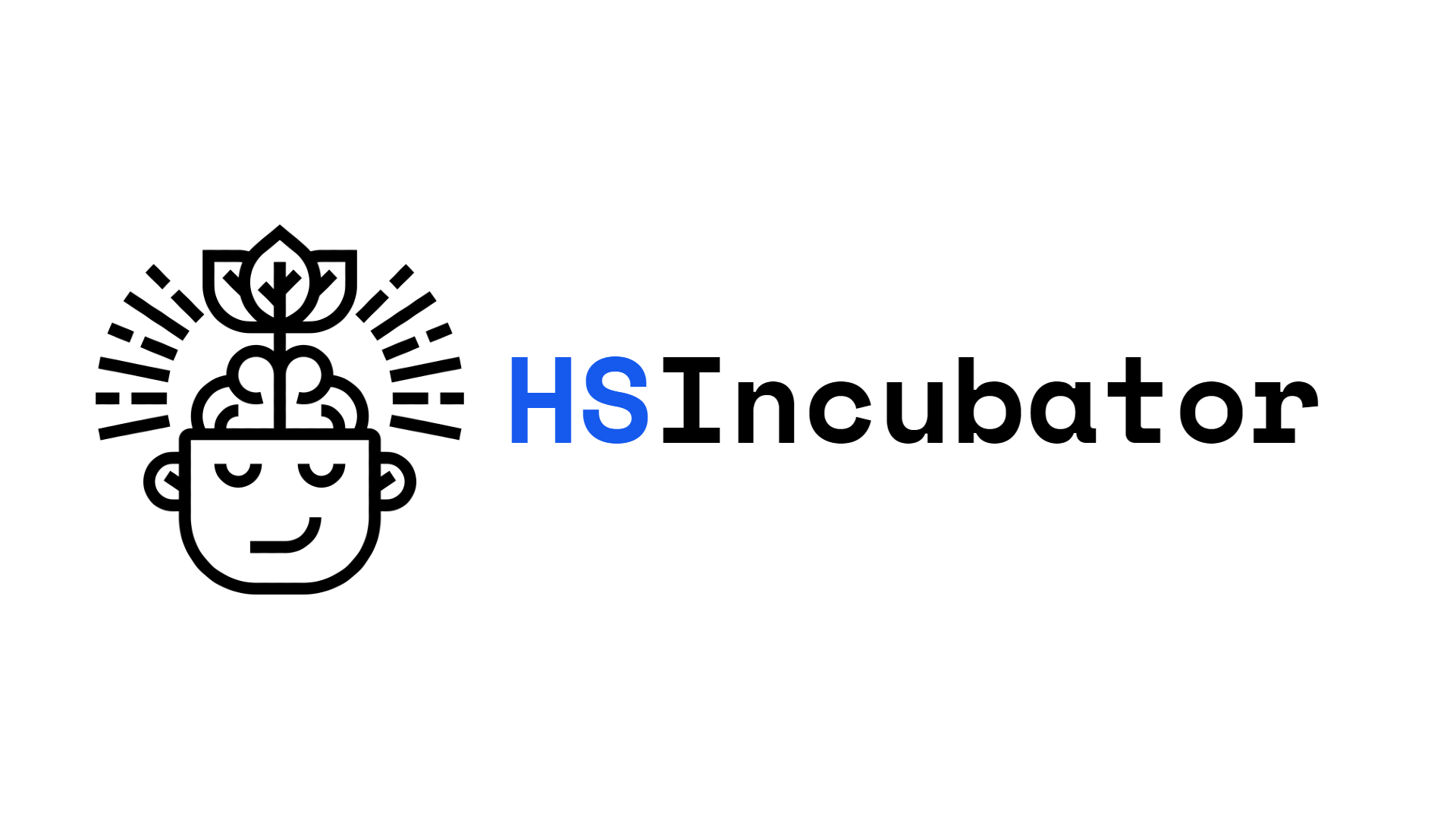AS Level Economics 9708
1. Basic economic ideas and resource allocation
Written by: Adhulan Rajkamal
Formatted by: Adhulan Rajkamal
Index
1.1 Scarcity, choice and opportunity cost
- Fundamental economic problem: scarce resources but unlimited wants
- Resources: Inputs available for the production of goods and services
| Needs | Wants |
|---|---|
| Needed for survival Eg: Food, shelter, and clothing | The goods and services that people may like to have but are not always realised |
- Less essential wants but improves quality of life (eg: TV, car) → sometimes called luxuries
- Luxury for one may be essential for another
- Everyone has a scale of preference → urgent wants at the top and less urgent at the bottom
- Individual’s scale of preference is product of culture, upbringing and life experiences
- Scale of preference is dynamic → varies throughout life
Choice and opportunity cost
- Fundamental economic problem → Choices have to be made at all levels (individuals, firms, governments
- Firm: Any business that hires factors of production to produce goods and services
- True cost of any choice made is expressed by economists in terms of opportunity cost
- Opportunity cost: The cost expressed in terms of the next best alternative that is forgone when a choice is made
Basic questions of resource allocation
- Fundamental economic problem leads to 3 questions:
- What to produce
- How to produce?
- For whom to produce?
- All economies have to answer these questions
- What to produce?
- Economies cannot produce everything
- Firms and governments need to decide what to produce in what quantities
- Consider opportunity costs
- How to produce?
- How resources are used to achieve best outcome (max efficiency)
- Sometimes firms might need to compromise efficiency for moral or ethical reasons
- For whom to produce?
- This concerns who gets the goods and services. Should resources go to the wealthy, or should they be shared more equally? This involves deciding how much of the economy’s output different groups receive
- Based on income distribution in the economy
- Governments play a major role in answering this economic question
1.2 Economic methodology
Economics as a social science
- Social → Human behaviour (in satisfying wants and needs)
- Science → Put forward theories (that seek to explain economic phenomenon) and investigate
- The scientific process:
Define problem to be investigated → Put forward a theory → Investigate the theory → Accept or reject theory
- The scientific process:
- Theories put forward by economists → models
- Simplified view of reality used to explain economic problems and concepts
- Explained mathematically
Positive and normative statements
- Positive statement: a statement that is based on facts or actual evidence.
- Eg:
- A fall in the supply of petrol leads to an increase in its price
- A 10% increase in tourist numbers in Mauritius has created 10% more employment
- The economist does not give their opinion or make a value judgement → concrete and specific statement
- Eg:
- Normative statement: a statement that is based on the economist’s opinion or value judgement and which cannot be proven
- Eg:
- A fall in the supply of petrol should lead to an increase in price
- A 10% increase in tourist numbers in Mauritius is likely to create at least – 15% more jobs in the tourist industry
- The inflation rate of 8% in 2021 was the worst in 10 years
- Vague and subjective statements
- Eg:
Ceteris paribus
- A Latin phrase meaning “other things remaining equal” or “other things remain unchanged”
- Used by economists to model the effects of one change at a time
- Allows to simplify a situation → only one variable changes (does not have effect on other variables)
- Example:
While analysing why a consumer buys a product, there may be many reasons. The most important reason is usually price → while analysing the effect of price on consumer demand for the product, all other factors affecting consumer demand are considered ceteris paribus
The margin (extra knowledge)
- Margin refers to the additional or incremental changes resulting from a decision, commonly used in marginal analysis to simplify complex economic situations
- 1. Marginal Cost: Cost of producing one additional unit of a good or service
- 2. Marginal Revenue: Additional income earned from selling one more unit
- Marginal revenue > marginal cost → increase production (helps firms and governments in deciding investment)
- 3. Marginal Utility: Additional satisfaction or benefit from consuming one more unit
- Aids consumers in resource allocation among various goods
- Simplifies decisions by evaluating benefits and costs of small changes
- Clarifies whether the next step in production, consumption, or investment is worthwhile
Importance of the time period
- Economists take change into account in their analysis
- Time periods are used to assess how, over time, change can influence the concepts that economists seek to explain or model
- The following time periods are used when analysing factors of production:
- Short run: time period when it is possible to change at least one but not all factors of production
- Typically the time period in which labour, a variable resource, can be increased or decreased to change quantity produced
- All other factors like capital → ceteris paribus
- Long run: all factors of production are variable with constant, such as the state of technology
- In the long run, a firm may improve the quality and quantity of capital (eg: builds new factory) → improves efficiency (since firm had time to assess how to improve efficiency)
- Very long run: all factors are variable and all key inputs are variable
- Key inputs → technology, government regulations and social concerns
- Short run: time period when it is possible to change at least one but not all factors of production
- Time periods do not have specific times → only depends on the variability of factors of production
1.3 Factors of production
- Land: All natural resources in an economy (Reward → rent)
- Labour: All human resource available in an economy (Reward → wage)
- Capital: All man made, physical resources that aids in the production of goods and services (Reward → interest)
- Enterprise: A form of human capital; organises the other factors of production and take risks (Reward → profits)
🔥 Analysing the factors of production
- Analyse both quality and quantity. Example:
- Quality → Education and training (more knowledged labour improves quality)
- Quantity → Cultural limitations (women not allowed to work → lesser quantity of labour)
Physical vs human capital
- The factor of production capital → physical capital
- Physical resources made by firms
- Human capital → The value of labour in contributing to economic growth
- Human capital includes the skill, knowledge and experience of labour
Specialisation
- Specialisation → the process by which individuals, firms and economies concentrate on producing those goods and services where they have an advantage over the others
- Individual level → One person takes care of ironing and gardening and another shopping and cooking
- Firm level → Some people are lorry drivers and some have office jobs (labour posted in work they are good at)
- With specialisation no one is self-sufficient → necessity to trade goods
- As individual specialises → surplus produced → can be exchanged to meet their other needs
- Dangerous if specialised skills become redundant
Division of labour
- Division of labour → Manufacturing process is split into a sequence of individual tasks
- Allows for workers to become more specialised → increase in output per worker
- Improvements in quality of goods
- Division of labour → worker dissatisfaction:
- Workers become de-skilled
- Boring and repetitive tasks → causes alienation and frustration
- Solution → Periodically move workers around the plant
1.4 Resource allocation in different economic systems
- The economic system of a country determines the choices that are made and how they are made; means by which households, firms and governments answer the 3 basic economic questions
- 3 main types of economic systems:
- Market economy → most decisions taken through the market mechanism
- Planned economy → resources are state owned and allocated by a central body
- Mixed economy → system in which both market forces and government are involved in resource allocation decisions
- Market economy:
- Resources are allocated by the forces of demand and supply
- Decisions on how resources should be allocated are regularly taken by millions of individuals and thousands of firms through their interaction as buyers and sellers in the market
- Price signal → Prices provide information to both consumers and producers.
- Role of government:
- In principle, the government should have no direct role in workings of a market economy and should not interfere with the price mechanism
- Only intervene when price mechanism fails to achieve best allocation of resources (market failure)
- Market fails when services like health care and fire services are underprovided → government intervenes and provides these services
- Planned economy:
- Like the market economy, a planned economy in its true form only exists in theory
- Decision-making is taken by planning boards and organisations within the gov.
- Determination of wages and ownership of most of the productive resources
- Price control of essential goods (eg. food)
- Leading to shortages from excessive demands
- Close examples: Cuba and North Korea; Albania and Vietnam → socialist economies
- Mixed economy:
- Most common economic system
- Both public and private sector allocate resources
- Practically, all economies are mixed economies but to a varying degree
1.5 Production possibility curves
- The quality and quantity of factors of production determines an economy’s production possibilities
- Production possibility curve (PPC): A simple economic model/ representation of the maximum level of output that an economy can achieve, given its current resources and state of technology
- Also known as production possibility frontier (PPF) since the curve acts as a boundary between what can be produced and what cannot be.
- Straight line PPC → constant opportunity cost
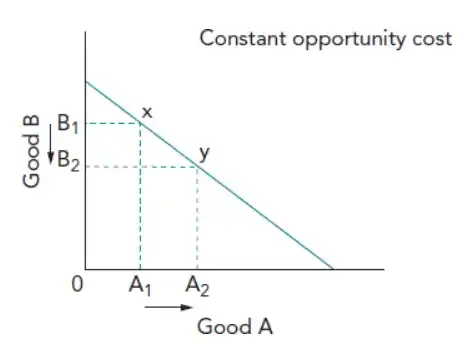
- Factors of production being equally well suited for the production of both goods → i.e. both goods require the same factors of production
- Curved PPC → increasing opportunity cost (curve is convex to the origin)
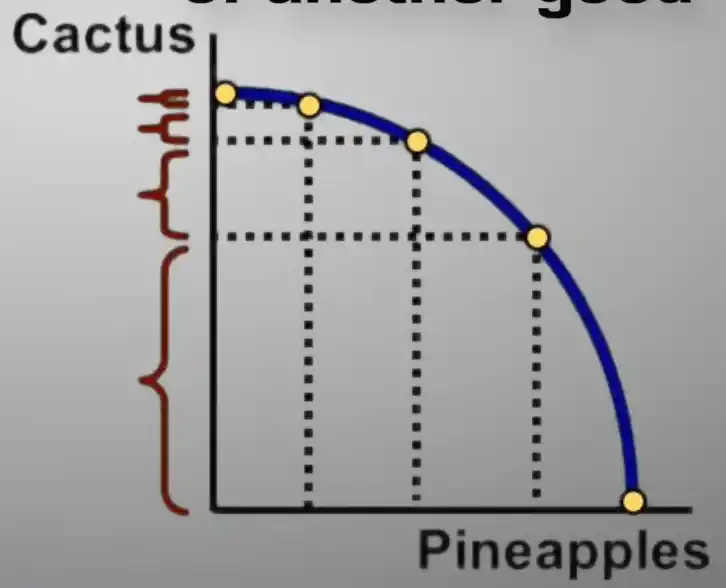
- When all resources are being used, an increase in the production of one good will lead to greater forgone production of another good.
(In this case, a continuous increase of pineapple by 1 unit leads to an increasing loss of Cacti) - Factors are not equally suited to produce both goods
Reference video → Production Possibilities Curve Review
- When all resources are being used, an increase in the production of one good will lead to greater forgone production of another good.
- Point on curve → Efficient allocation of resources (the economy is getting all it can from the resources available given the present state of technology)
- Point inside the curve → Inefficient allocation of resources (some resources are unused)
- Point outside the curve (position of scarcity) → Unattainable with the resources available given the present state of technology
🔥 All key concepts shown by the PPC
- Scarcity → cannot produce anywhere beyond the curve
- Trade-off → to produce good A, you should give up good B
- Opportunity cost → The number of good A given up to produce 10 more good B
- Efficiency → producing inside curve is inefficiency; producing on the curve is efficiency
- Choice → Any point on the curve is a choice
Causes and consequences of shift in PPC
- Quality and quantity of resources and state of technology are not constant over time → shift in PPC
🔥 Immigration paradox
- Immigration increases quantity of labour → outward shift in PPC
- Overpopulation can lead to fewer resources being available → inward shift in PPC
- Disproportionate shift:
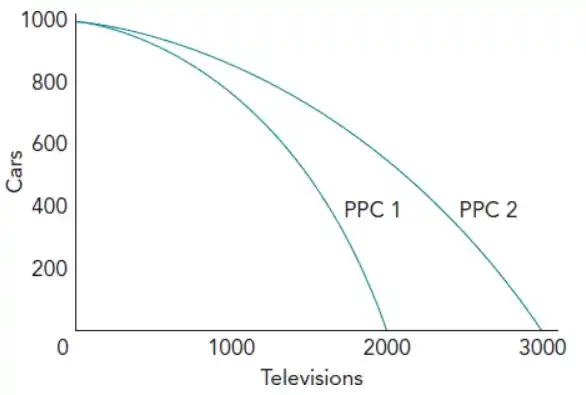
- Advancement in technology in the television industry
- Outward shift:

- Inward shift:
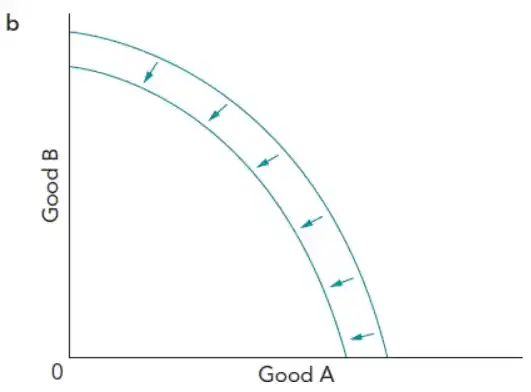
1.6 Classification of goods and services
Excludability and rivalry
- Excludability and rivalry – two characteristics used by economists to classify goods
- Excludability → Where it is possible to stop someone from consuming a good or service.
- Rivalry → Where consumption by one person of a good or service reduces the availability of the good or service for others.
Private goods
- Also known as economic goods → cost involved in production and are scarce
- Fundamental economic problem only arises when dealing with private goods
- Excludability → People are excluded from consumption by charging a price for the good.
- Rivalry → Consumption by one person, reduces availability for others
Free goods
- Have 0 opportunity cost → not scarce
- No price is charged → in principle, no factors of production used to produce
- Eg: Wild-fruit, non-domesticated animals that are hunted, air, rainfall and water in a local river
Public goods
- Two characteristics → non-excludable and non-rival
- non-excludable → anyone can consume
- non-rival → as more and more people consume, the benefit to the people already consuming should not reduce
- Eg: Police force, national security, street lighting, traffic lights, flood control systems, etc.
Quasi-public goods
- Flood control systems and lighthouses → pure public goods → non-excludable and non-rival
- Public goods that do no meet both criterias → quasi-public good
- Eg: Toll road → non-rival but not non-excludable
Classification
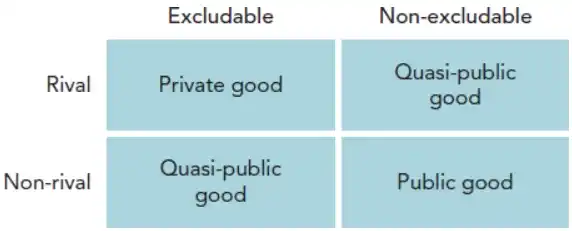
Problem with public goods
- Free market may not produce public goods → free-rider problem arising from non-excludability
- Demand for public goods not registered in the market
Merit goods, demerit goods and information failure
- Merit good: A good that is thought to be desirable for consumers (has high positive externalities) but which is underprovided by the market due to information failure
- Eg: Vaccinations
- Demerit good: A good that is thought to be undesirable for consumers (has high negative externalities) but which is overprovided by the market due to information failure
- Eg: Junk food, cigarettes
- Information failure: a situation when consumers do not have full or complete information when making decisions (unavailability of information in the right quantity and quality)
- Examples of information failure:
- Consumers do not recognize how good or bad a good is for them
- Persuasive advertising leads to undesirable consumption levels
- Product packaging makes misleading or inaccurate claims
- Producers know more about a product than consumers
- To counter information failure:
- Improve labelling on consumer goods
- Warnings on demerit goods
- Supply information through social media/ internet
- Examples of information failure:
Low income and underconsumption of merit goods
- Apart from information failure, another reason for the underconsumption of merit goods is low income
- Consumers may recognize the benefit but lack the disposable income to consume it
- This is mainly the case with education and healthcare → Government is forced to supply
